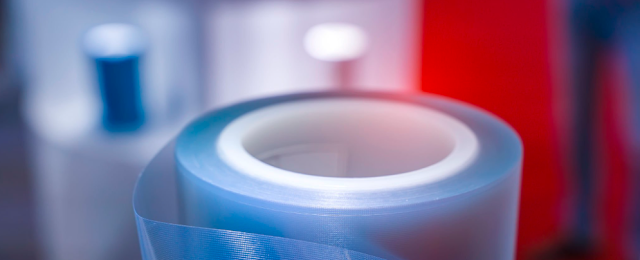Plastics : Deep analysis of plastic films
Types of Films:
By Material:
- PE (Polyethylene) Films : LDPE (flexible, clear, good moisture barrier), HDPE (stronger, better barrier properties), LLDPE (good stretch, puncture resistant)
- PP (Polypropylene) Films: Clear, stiff, good moisture barrier
- PVC Films: shrink properties, good clarity
- PET Films: very clear, strong, good barrier
- Nylon Films: high strength, good barrier
- Monolayer: Single material
- Multilayer: Multiple materials laminated together
- Coextruded: Multiple layers extruded together
Blown Film:
- Plastic is melted and blown into bubble
- Air cools the bubble
- We then make a tube of film
- It can be slit into flat sheets
- Used for for PE films
- Plastic is melted and pressed through flat die
- The plastic is cooled on chill rolls
- It has a better clarity than blown film
- It has more more uniform thickness
- It is commonly used for PP and PET
PE (Polyethylene): A flexible, common plastic that comes in different densities. Used in plastic bags, bottles, and toys. Think of the material most shopping bags are made from.
PET (Polyethylene Terephthalate): A clear, strong plastic best known for beverage bottles. It's the material most soft drink and water bottles are made from.
Physical Properties:
- Thickness
- Strength
- Tear resistance
- Puncture resistance
- Stretch properties
- Clarity
- Moisture barrier
- Oxygen barrier
- Light barrier
- Gas barrier
- Sealing temperature
- Heat resistance
- Printability
- Machinability
Packaging:
- Can be used for food packaging
- Product wrapping
- For shipping materials
- For protective covers
- Greenhouse films
- Mulch films
- Silage bags
- Shrink wrap
- Stretch wrap
- Protective films
Shrink wrap is a plastic film that tightly wraps around objects when heated. Common for packaging electronics, food, and bundling items together.
Stretch wrap: A stretchy plastic film that clings to itself and is wrapped around items without heat, it is used to secure boxes on pallets or bundle multiple items together.
Testing processes:
- Thickness measurement
- Tensile strength
- Tear resistance
- Seal strength
- Optical properties
Tear resistance: How well a material resists ripping or tearing when force is applied.
Optical properties: The characteristics of how a material interacts with light, including, how clear it is, how shiny or glossy it appears and how it reflects light.
- Thickness variation
- Gels (unmelted particles)
- Poor sealing
- Film breaks
- Wrinkles
Application Requirements:
- Required strength
- Barrier needs
- Clarity needs
- Cost constraints
- Running speed
- Sealing needs
- Printing requirements
- Machine compatibility
- Recyclability
- Biodegradability
- Environmental regulations
- Carbon footprint
Process issues:
- Unstable bubble (blown film)
- Thickness variations
- Poor winding
- Surface defects
Unstable bubble (blown film): a defect in plastic film production where the balloon-shaped film being blown becomes unsteady or wobbly, like a soap bubble that won't maintain its shape.
Poor winding: it happens when film doesn't wrap evenly or smoothly onto a roll causing creases, wrinkles, or gaps in the roll.
- Weak seals
- Poor clarity
- Inadequate strength
- Barrier failures
- Temperature adjustments
- Line speed changes
- Raw material modifications
- Equipment maintenance
Sustainability:
- Bio-based films
- Recyclable structures
- Reduced thickness
- Compostable options
Bio-based films: plastic-like films made from natural, renewable materials (like corn, potato starch, or sugarcane) instead of petroleum.
Compostable options: materials that can completely break down into natural elements (like water, carbon dioxide, and biomass) over time without leaving harmful residues.
- Better barrier properties
- Smarter packaging
- Enhanced processability
- New polymer developments



Comments
Post a Comment